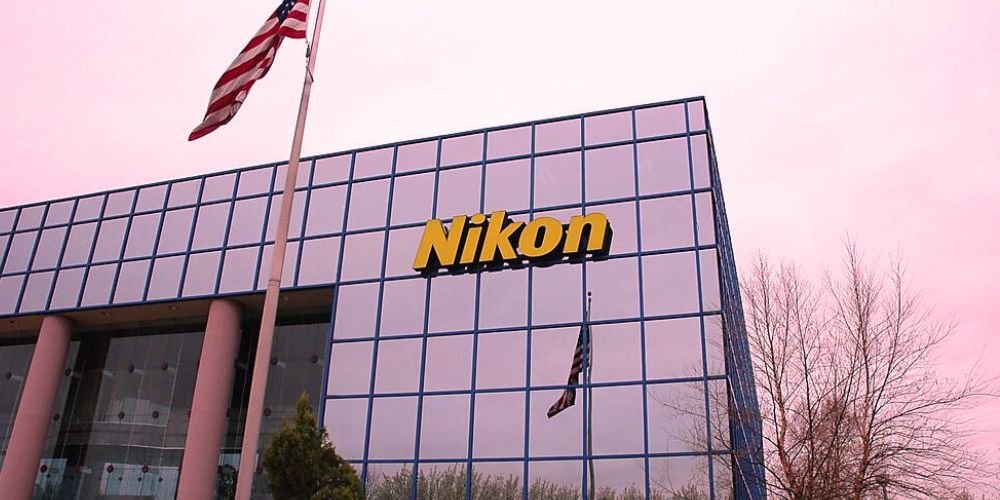Nikon Corporation, a globally renowned Japanese multinational, has carved a significant niche in imaging and optics. Established in 1917, Nikon has consistently pushed the boundaries of technological innovation, earning its place as a household name among photography enthusiasts and professionals alike. With a history of over a century, Nikon’s commitment to precision, quality, and cutting-edge technology has made it a leader in the photography and imaging industries.
Founding and Early Years
Nikon was originally founded as Nippon Kogaku K.K. (Japan Optical Industries Co., Ltd.) following the merger of three leading optical manufacturers in Japan. The company initially focused on producing optical instruments, including microscopes and binoculars. In these early years, she laid the foundation for Nikon’s future success, emphasizing meticulous craftsmanship and a dedication to optical excellence.
World War II and Technological Advancements
During World War II, Nikon’s expertise in optics became crucial to Japan’s military efforts. The company produced precision instruments, including periscopes, binoculars, and bomb sights. This period accelerated Nikon’s technological development, and the post-war era saw the company redirect its advanced optical technologies toward civilian applications, particularly in photography.
The Rise of Nikon in Photography
Nikon’s foray into the world of cameras began in earnest in 1948 with the introduction of the Nikon Model I. It was followed by the iconic Nikon F in 1959, a single-lens reflex (SLR) camera that revolutionized the photographic world. The Nikon F was renowned for its durability, precision, and interchangeable lenses, making it a favorite among professional photographers and photojournalists. Its modular design allowed various accessories, setting a standard that influenced camera design for decades.
Innovations and Milestones
Over the years, Nikon has introduced numerous groundbreaking technologies and products. 1983, the Nikon F3AF became the world’s first autofocus SLR camera. The 1999 release of the Nikon D1 marked Nikon’s significant entry into digital photography, offering a high-quality digital SLR camera that catered to professional photographers’ needs.
Nikon continued to innovate with the launch of the Nikon D90 in 2008, the first DSLR to feature video recording capabilities, thus merging the worlds of high-quality still photography and videography. The introduction of the Nikon Z series in 2018 marked Nikon’s bold step into the mirrorless camera market, featuring the new Z mount system, which offered a wider diameter for improved lens performance.
Optical Precision and Beyond
Beyond cameras, Nikon’s expertise extends to a range of optical products. The company is a leading manufacturer of microscopes, binoculars, and ophthalmic lenses. Nikon’s semiconductor lithography systems are crucial in producing integrated circuits, reflecting the company’s impact on technology beyond consumer electronics.
Nikon in the Digital Age
In the 21st century, Nikon has faced the challenges of a rapidly changing digital landscape. The rise of smartphone photography posed a significant challenge to traditional camera manufacturers. However, Nikon has adapted by focusing on high-end cameras and lenses that offer superior quality and functionality beyond smartphones’ capabilities.
The company’s commitment to research and development ensures it remains at the forefront of imaging technology. Nikon continues to push the envelope with innovations in sensor technology, image processing, and lens design, catering to professional photographers and hobbyists seeking the highest standards of image quality.
Sustainability and Corporate Responsibility
Nikon is also committed to sustainability and corporate responsibility. The company’s environmental initiatives focus on reducing its ecological footprint through energy-efficient manufacturing processes, reducing waste, and promoting product recycling. Nikon’s efforts in corporate social responsibility are evident in its support for educational programs, scientific research, and cultural preservation.
Conclusion
Nikon’s journey from a small optical workshop to a global leader in imaging and optics is a testament to its unwavering commitment to quality, innovation, and precision. As the company continues to evolve in response to technological advancements and market demands, Nikon remains dedicated to providing products that inspire and empower photographers worldwide. With a legacy of over a century, Nikon’s influence on the world of photography and optics is undeniable, and its future promises continued contributions to the art and science of imaging.










